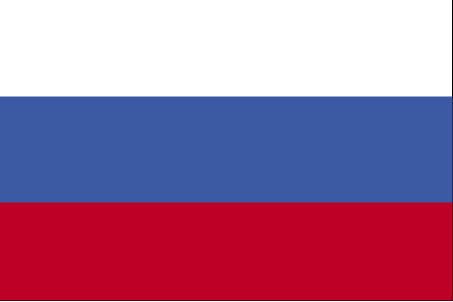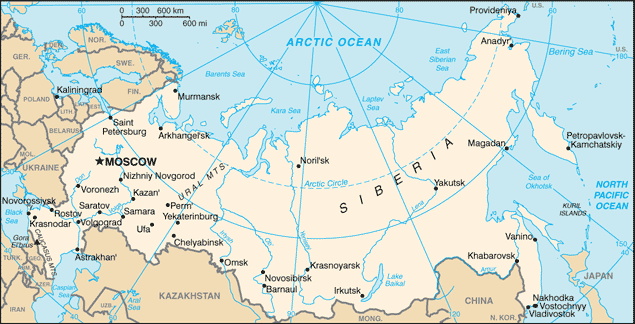Investing in Russia


Russia has undergone significant changes since the collapse of the Soviet Union, moving from a globally-isolated, centrally-planned economy to a more market-based and globally-integrated economy. Economic reforms in the 1990s privatized most industry, with notable exceptions in the energy and defense-related sectors. The protection of property rights is still weak and the private sector remains subject to heavy state interference. Russian industry is primarily split between globally-competitive commodity producers - in 2009 Russia was the world's largest exporter of natural gas, the second largest exporter of oil, and the third largest exporter of steel and primary aluminum - and other less competitive heavy industries that remain dependent on the Russian domestic market. This reliance on commodity exports makes Russia vulnerable to boom and bust cycles that follow the highly volatile swings in global commodity prices. The government since 2007 has embarked on an ambitious program to reduce this dependency and build up the country's high technology sectors, but with few results so far. The economy had averaged 7% growth since the 1998 Russian financial crisis, resulting in a doubling of real disposable incomes and the emergence of a middle class. The Russian economy, however, was one of the hardest hit by the 2008-09 global economic crisis as oil prices plummeted and the foreign credits that Russian banks and firms relied on dried up. The Central Bank of Russia spent one-third of its $600 billion international reserves, the world's third largest, in late 2008 to slow the devaluation of the ruble. The government also devoted $200 billion in a rescue plan to increase liquidity in the banking sector and aid Russian firms unable to roll over large foreign debts coming due. The economic decline bottomed out in mid-2009 and the economy began to grow in the first quarter of 2010. However, a severe drought and fires in central Russia reduced agricultural output, prompting a ban on grain exports for part of the year, and slowed growth in other sectors such as manufacturing and retail trade. High oil prices buoyed Russian growth in the first quarter of 2011 and could help Russia reduce the budget deficit inherited from the lean years of 2008-09, but inflation and increased government expenditures may limit the positive impact of these revenues. Russia's long-term challenges include a shrinking workforce, a high level of corruption, difficulty in accessing capital for smaller, non-energy companies, and poor infrastructure in need of large investments.
Alfa-Bank - http://www.alfabank.com/
Atomstroyexport - http://www.atomstroyexport.ru/
Central Bank of the Russian Federation - http://www.cbr.ru/
Chevron Russia - http://www.chevron.com/countries/russia/
Eurasia Logistics - http://www.ealog.ru/
EuroKommerz - http://www.eurokommerz.ru/
Gazprom - http://www.gazprom.com/
Interros - http://www.interros.ru/
Lukoil - http://www.lukoil.com/
MDM Bank - http://www.mdmbank.ru/
Mechel - http://www.mechel.com/
Mobile Telesystems - http://www.mtsgsm.com/
Moscow Interbank Currency Exchange (MICEX) - http://www.micex.com/
Norilsk Nickel - http://www.nornik.ru/
Polyus Gold - http://www.polyusgold.com/
Rosneft - http://www.rosneft.ru/
Rusal - http://www.rusal.com/
Sberbank - http://www.sbrf.ru/
TOTAL Russia - http://www.total-lub.ru/
Transneft - http://www.transneft.ru/
Uralsib - http://www.uralsib.com/
Vimpel Communications - http://www.vimpelcom.com/
Russia News
Moscow Times - http://www.themoscowtimes.com/
PRIME-TASS - http://www.prime-tass.com/
Countries that border Russia: Norway | Finland | Estonia | Latvia | Lithuania | Poland | Belarus | Ukraine | Georgia | Azerbaijan | Kazakhstan | Mongolia | China
Learn more:
Back to Country Investing



